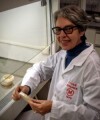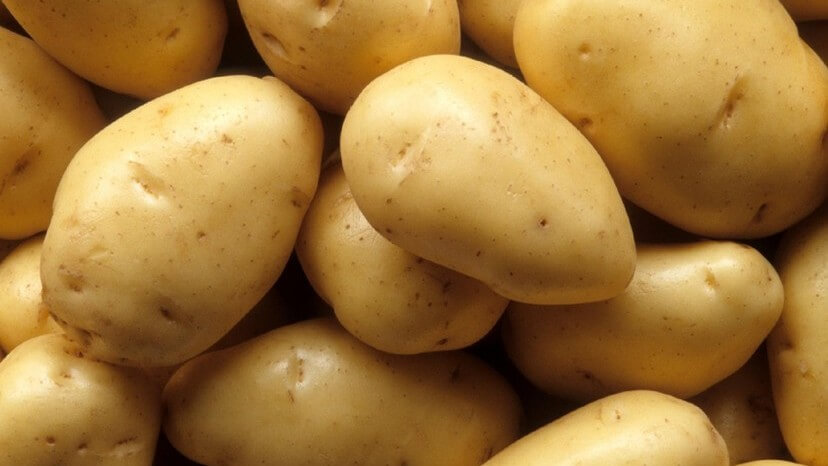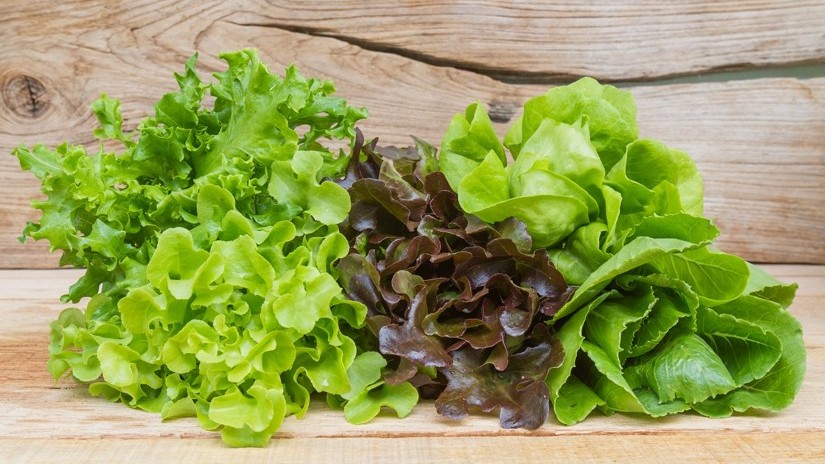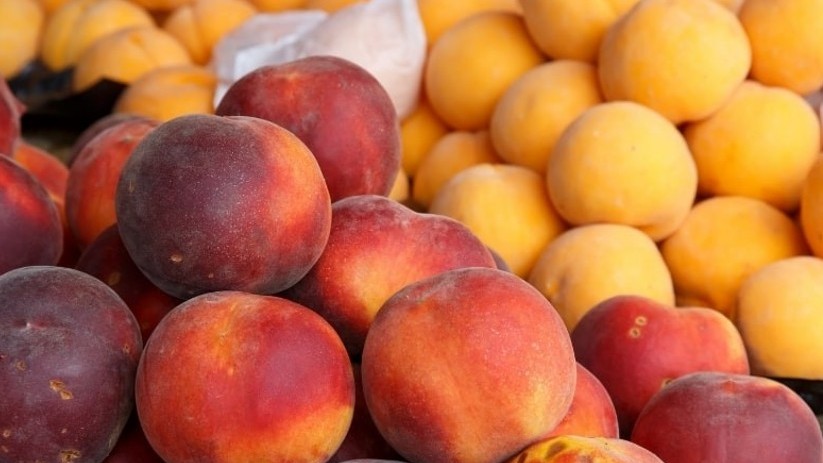News
Prohibitin Affects Browning of Freshly Cut Potatoes
Prohibitin influences enzymatic browning in freshly cut potatoes by affecting the activation of the polyphenol oxidase enzyme
Minimally processed or fresh-cut potatoes are a product with significant commercial demand. However, enzymatic browning during processing, storage, and transportation can reduce their shelf life and cause substantial economic losses, influencing consumer acceptance.
Lipid peroxidation of cell membranes impacts the degree of enzymatic browning. After cutting, cell membrane lipids degrade, generating malondialdehyde (a marker of oxidative stress) and producing reactive oxygen species (ROS). These compounds damage plasma membrane integrity and stimulate the browning process.
Role of Polyphenol Oxidase
Polyphenol oxidase, the primary enzyme involved in enzymatic browning, is found in chloroplasts, cytosol, and mitochondria.
The impact of cutting on products (a significant form of abiotic stress) leads to the release of polyphenol oxidase. This enzyme acts on monophenol and/or diphenol substrates, catalyzing oxidation that produces quinones. It also catalyzes the rapid polymerization of quinones to produce black and brown pigments that cause browning.
Prohibitin
Prohibitin is a protein found in humans and has also been described in other animals, filamentous fungi, unicellular eukaryotes, and plants. It is located in mitochondria, cytosol, and chloroplasts.
It can serve multiple functions, including involvement in mitochondrial morphology and metabolism, regulation of cell proliferation, and modulation of transcriptional activity by interacting with various transcription factors.
Prohibitin likely acts as an unfolded holdase, a specific type of molecular chaperone that assists in the folding of newly synthesized proteins for stabilization. It is also necessary for mitochondrial and cellular metabolism and biogenesis, required for regulating ethylene-mediated signaling.
Furthermore, it participates in nitric oxide (NO)-mediated responses and in hydrogen peroxide-induced NO accumulation. Recent studies have demonstrated prohibitin's involvement in reactive oxygen species (ROS) formation.
Effects of Cutting
Recent research results show that the transcription level of StPHB3, one of the genes encoding prohibitin StPHB3, increases in potato tubers after recent cutting.
Deleterious mutation of StPHB3 (stphb3) leads to reduced browning, lower production of soluble quinones, decreased malondialdehyde content, and increased total phenol content.
Additionally, polyphenol oxidase activity and the corresponding gene's transcription level, StPOT32, also decrease after altering the expression of the StPHB3 gene. Hybrid yeast assays revealed that StPHB3 interacts with the polyphenol oxidase gene StPOT32 expression, and active polyphenol oxidase content decreases in silenced StPHB3 mutants (stphb3).
These results indicate that suppressing StPHB3 alleviates browning in freshly cut potatoes by reducing oxidation through decreased polyphenol oxidase enzyme activation.
Sources
Shi, J.; Xie, W.; Li, S.; Wang, Y.; Wang, Q.; Li, Q. (2024). Prohibitin StPHB3 affects the browning of fresh-cut potatoes via influencing antioxidant capacity and polyphenol oxidase activation. Postharvest Biology and Technology, 207:112598.
Tonui, R.; John, R. O.; Edkins, A. L. (2023). Optimized Microscale Protein Aggregation Suppression Assay: A Method for Evaluating the Holdase Activity of Chaperones. Methods Mol Biol, 2693:113-123.
https://www.uniprot.org/uniprotkb/O04331/entry Accessed on 01/03/2024.
Image
https://www.mundoboaforma.com.br/diabetico-pode-comer-batata/ Accessed on 01/03/2024.













